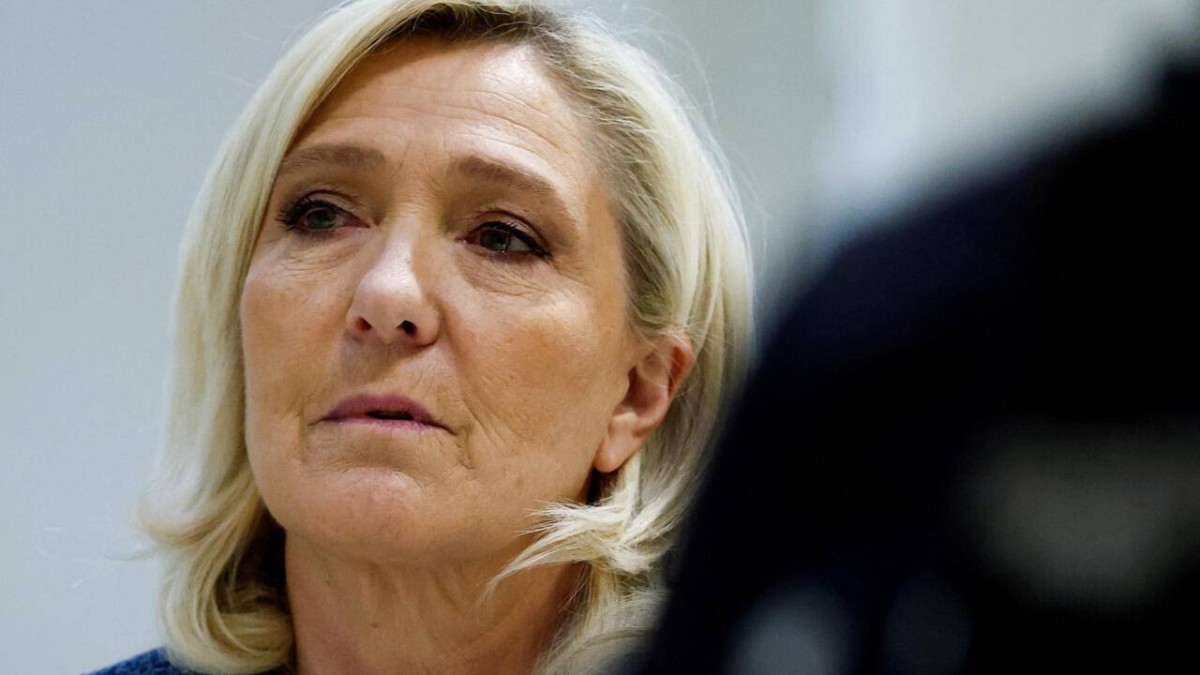Trump's Tariff Policies and Global Economic Impacts
Explore the evolving landscape of international trade as Trump's tariff strategies provoke global discussions, impacting economic growth, trade policies, and market reactions worldwide.
Published April 01, 2025 - 00:04am
Image recovered from moneydj.com
The global economic landscape is being reshaped by President Donald Trump's aggressive tariff strategies. Markets and economists are closely watching the unfolding tariff policies, which have significant implications for international trade and economic growth.
Recently, Trump flamed markets by announcing plans to impose equivalent tariffs on all trading partners, extending beyond the initial list of 15 major trade surplus nations. This decision sparked concerns over potential retaliation from affected countries, which could lead to an unavoidable escalation into a full-blown global trade war. Economist polls predict dismal economic growth rates for the United States by early 2025, plummeting to just 0.3%, the weakest performance since overcoming the pandemic's shadow in 2022.
Market reactions have been immediate and profound. The New York bond market, a critical barometer of investor confidence, saw 10-year Treasury yields dip by 3.3 basis points to 4.221%, showcasing market apprehension over the Federal Reserve's future interest rate decisions. Simultaneously, stock markets, particularly in the United States, demonstrated volatility. Fears that tariffs will spur inflation potentially hampering the Federal Reserve's willingness to counteract economic sluggishness through interest rate cuts induced declines across major indices.
On another front, there are speculations that Trump may push for a sweeping 20% tariff across all nations rather than country-specific tariffs, a move that could further exacerbate tensions. This shift, should it occur, would trigger far-reaching economic repercussions by affecting virtually every country engaged in trade with the U.S., amplifying inflationary pressures and affecting global supply chains.
The strategic objective behind these tariffs largely centers on reshaping global trade to favor the United States, aiming for a significant reduction in trade imbalances. President Trump, unwavering in his resolve, has communicated intentions to use tariffs as a negotiating tool, a sentiment echoed by several commentators and officials. Still, his administration's inclination towards a broad-reaching, simplified tariff approach reveals a possible shift towards more universally applied trading reforms.
These economic policies extend further into specific sectors, such as the automotive industry. Trump has authorized the imposition of a formidable 25% tariff on imported vehicles and parts, regardless of their future assembly within U.S. borders, which he believes could stimulate demand for domestically produced cars. However, this policy could lead to increased production costs and consumer prices, challenging the industry's competitiveness.
President Trump's tariffs are not just economic maneuvers but a reflection of broader geopolitical strategies, with the potential to reshape diplomatic relations. The 'liberation day' branding of the proposed tax deadline underscores the administration's drive to assert U.S. trading strength. However, amid these bold moves, the global economy braces for potential ripple effects, from inflationary pressures to altered trade alliances.
As Trump's administration navigates potential trade policy revamps, global markets remain wary, with many economists advocating for carefully balanced strategies that minimize economic upheaval while pursuing national interests. The unfolding dynamics of Trump's tariff policies indeed present a complex tapestry of challenges and opportunities for the global economic order.







